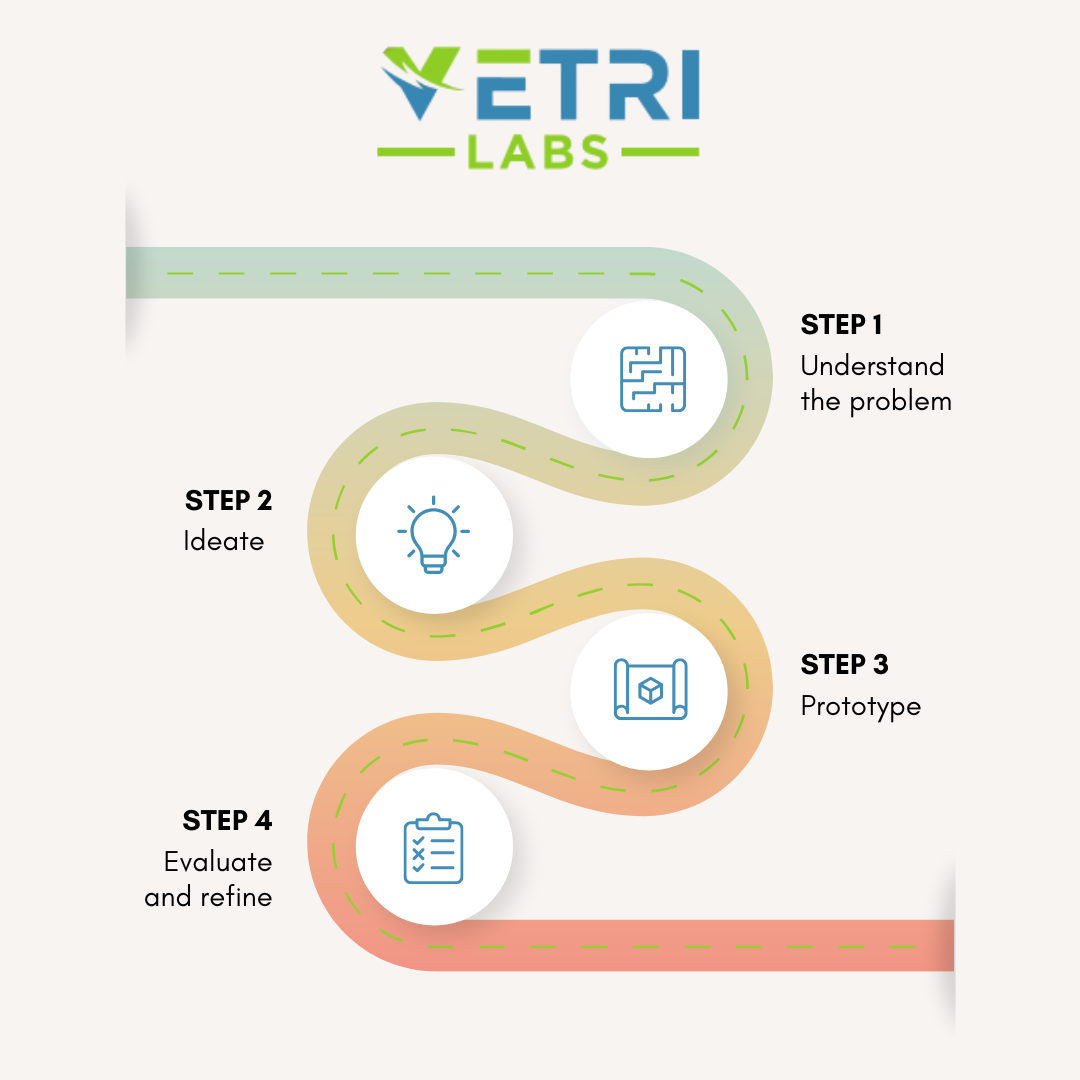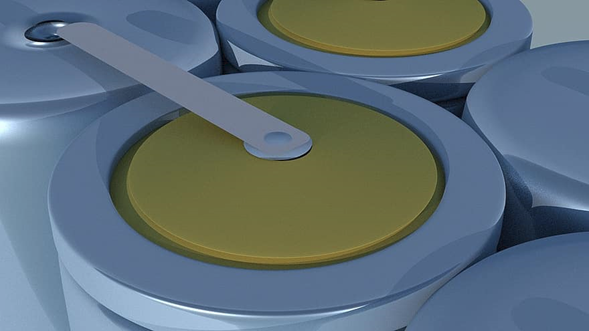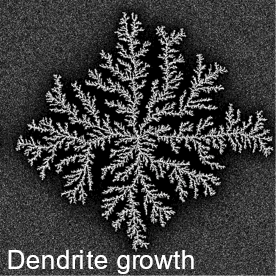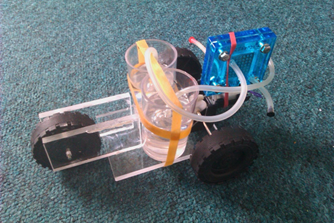The dependence of human activities on electric devices is evident, in the near future this dependence is expected to increase even more leading to mass electrification, especially due to the use of electric vehicles (EVs). To meet the demands of electric devices some major challenges have to be faced. In the case of energy storage devices such as Li-ion batteries, the central challenge relay in the need to make fast charging possible, however, at this point, it has been proved that the repeated exposure to high currents can trigger the acceleration of performance degradation.
Fast charging has become a critical feature for the future, it will help both financially and logistically to the adoption of EVs as the main transportation system. In general, the operation at high power can lead to several problems including:
- Increase of the temperature of the cell
- Impedance rise
- Polarization of anode material
The increase in the temperature of the cell can have detrimental effects on battery life. The rise of the impedance is often related to the operation at high temperatures, affecting the ability of the cells to work at high power rates. Another cause for the impedance rise can be the cracking of the cathode material due to the rapid Li+ extraction from the lattice.
At high currents, the polarization of the anode material can cause the overpotential for lithium deposition to become more negative leading to lithium deposition. The plated lithium reduces the Li+ available for cycling and at the same time generates chemical reactions in the electrolyte species. Such reactions can release gaseous byproducts, bubbles block the flow of ions inactivating complete regions of the cell. Successively, plated lithium cause safety concerns due to short circuit and possible caching fire of the battery.
Owing to the mentioned issues, it is clear that the aging process is affected by fast charging. In order to enable fast charging, understanding the experimental reasoning is critical to developing charging protocols with less damage possible to cell health. In this sense, research has been conducted to evaluate the importance of the charging parameters such as charging rate and the state of charge (SOC) achieved using fast charging.
In a recent study conducted by Raj et al at the Argonne National Laboratory, it was proposed that constraining the high rate charge to a limited SOC range can help to reduce the impact of fast charging in aging (Raj et al., 2020). In this work, the authors showed that permanent losses of electrode capacity are impacted by cycling more than by the charging rate. Also, the results suggest that the impedance rise does depend on the charging rate. The restriction of the fast charging to a narrow SOC range can help to delay aging rather than prevent it from happening.
Watch the recording of our discussion of this paper in our Weekly Science Review:
Similar studies to that presented by Raj et al can help to develop fast-charging protocols to reduce the impact of high currents on battery life. For more details, please refer to the full article which is available at https://iopscience.iop.org/article/10.1149/1945-7111/abace9/meta.
Raj, A., Rodrigues, M.-T. F., & Abraham, D. P. (2020). Rate-Dependent Aging Resulting from Fast Charging of Li-Ion Cells. Journal of The Electrochemical Society, 167(12), 120517. https://doi.org/10.1149/1945-7111/abace9







